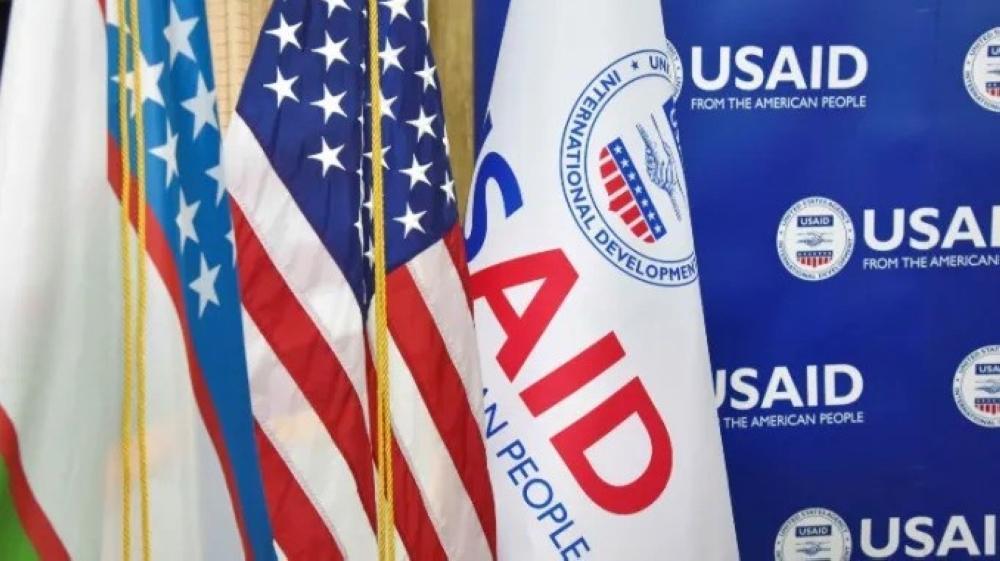Gitura Mwaura
Africa-Press – Rwanda. Many of us have seen the popular meme illustrating equality versus equity. It shows three people of different heights trying to watch a game over a fence. Under equality, each gets the same-sized box, leaving the shortest still unable to see. Under equity, the boxes are redistributed so everyone can watch.
It makes a compelling metaphor of fairness. But what happens when the boxes—representing international aid—are taken away?
That is the crisis now facing Africa, a crisis of which the U.S. gutting USAID and European donor countries diverting their cash are emblematic of the boxes being taken away.
Signs of this were already imminent in 2024, when the official development assistance (ODA) by these and other member countries of the OECD’s Development Assistance Committee fell by 7.1 percent to USD 212.1 billion.
The net ODA to sub-Saharan Africa fell by 2 percent to USD 36 billion, only for the Trump administration to worsen things this year.
The aid retreat couldn’t come at a worse time. Climate disasters, debt crises, and rising inequality are tightening the screws on African economies. Many African countries are in or near debt distress, diverting scarce resources from development. In the equity metaphor, this isn’t just the boxes being removed—it’s the fence growing taller.
Some see a problem with the whole equity paradigm. For decades, the continent was the metaphorical shorter person, held back by colonialism, unfair trade, and poverty. Development aid was meant to be the corrective—an equitable boost to level the field.
Yet after 60 years and over a trillion dollars in aid to the continent, the results are underwhelming. The Economist, one of the most influential global newspapers, observes that while aid has registered its biggest successes in global health programmes and humanitarian aid, improvements in living standards have been modest.
African real incomes per person are only marginally higher than three decades ago, and economists struggle to find a link between aid and faster growth. It echoes similar findings, of which aid seems to enable official corruption in some African countries. But if equity is about each according to their need, including the donors, it is too lopsided.
Two issues stand out. One is that it has often given donor countries too much latitude to decide on who deserves what and, by the same token, undue influence on how aid should be utilised.
The second, and perhaps more troublesome, is that it has not always taken into account the structural forces that make self-reliance difficult—difficult to rise above the fence in the meme. Africa continues to face terms of trade that favour industrialised economies, debilitating debt burdens, and restrictions on accessing markets.
This is despite the African Union’s strong stance on reducing aid dependency and promoting self-reliance as articulated in the AU Agenda 2063. Initiatives like the African Continental Free Trade Area (AfCFTA) to boost intra-African trade and create a continental market is an example, though it is yet to fully take off.
But the reality is that many African countries still need international aid due to a complex interplay of the historical, economic, social, and environmental factors.
Yet there’s bitter irony here. Just as aid dwindles, Africa’s global importance is surging. By 2050, its population will double, offering the world’s largest workforce and untapped markets. But this potential hinges on breaking old cycles—not just of aid dependency, but of exclusion from the systems that shape trade, finance, and climate policy.
If equity remains the guiding principle, then it means recognising that the development conversation must include redistributing not just resources, but power—in trade rules, financial systems, global health governance, and climate negotiations.
Some versions of the meme add a third panel: Justice or Liberation. In this panel, the fence is either removed or replaced with a transparent one, implying that the systemic barrier or structural causes that create the need for aid have been addressed. This could mean, among others, reforming global rules that prop up the metaphorical fence.
An opportunity to reset the equation may come at the Fourth International Conference on Financing for Development (FfD4) in Seville, Spain, at the end of this month. The conference aims to address challenges hindering Sustainable Development Goals (SDGs) achievement and strengthen international financial architecture.
The United States is an important player but won’t be attending. There, however, is international determination that the conference should succeed. In the words of one development expert, FfD4 represents a rare and perhaps final opportunity to fundamentally redefine the rules of global finance in favour of equity and sustainability.
I am not sure about the final opportunity, but let’s hope it will not end up being just another talking shop. We shall pick up on this in the next column.
Source: The New Times
For More News And Analysis About Rwanda Follow Africa-Press






